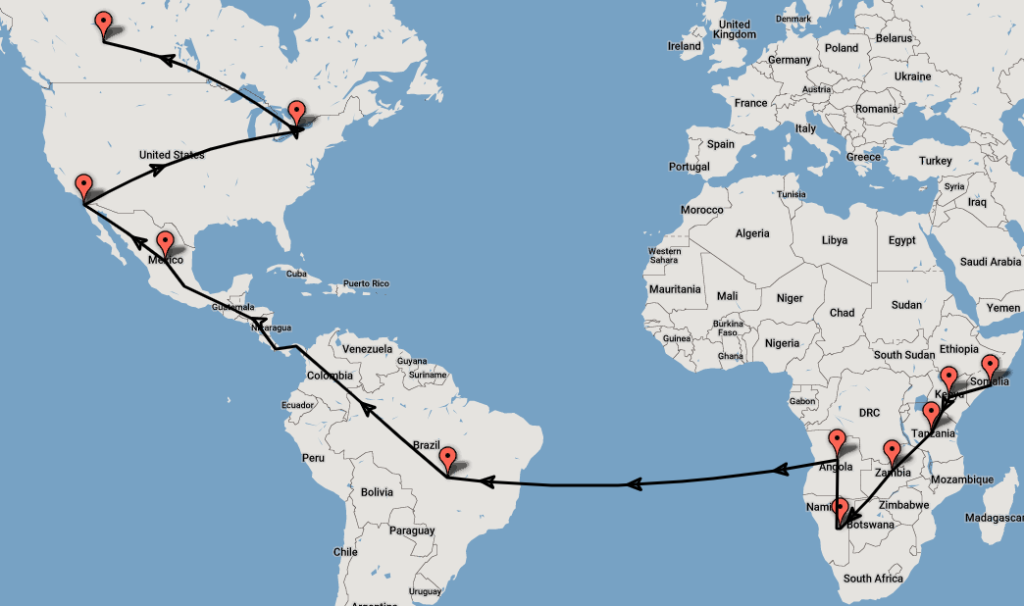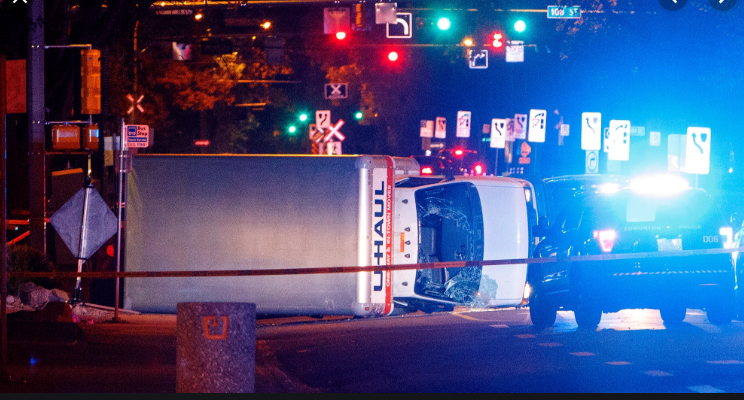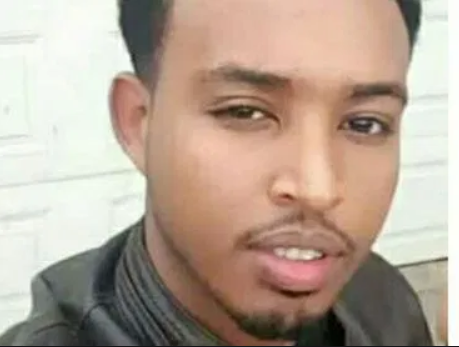The upcoming Canadian trial of a Somali terrorist may reveal new details about his travel from Africa to Mexico, then California, and finally to Canada — but a full investigation by our DHS Inspector General would be more fruitful.

By Todd Bensman as published by the Center for Immigration Studies October 1, 2019

What ever happened to the House Oversight and Reform Committee’s October 2018 call for a national security investigation of the first known migrant who illegally crossed the U.S. southern border and went on to conduct a terror attack? A double vehicle-ramming attack, carrying an ISIS flag, in Edmonton, Alberta.
There’s no word on whether DHS’s Office of Inspector General ever took up the committee’s request to investigate, issued in a committee letter in its final hours under Republican control. But this singular expression of U.S. government interest in a case reflective of a broad and hotly debated U.S. border threat issue — terrorist border infiltration — may become no less necessary as a Canadian trial unfolds in the coming weeks.
Somali national Abdulahi Hasan Sharif, 32, is going to trial in Edmonton, the scene of two September 30, 2017, attacks in which he, as the driver, plowed two different vehicles into a police officer (whom he then stabbed) and four other citizens, seriously injuring all. Sharif has pleaded not guilty. A jury has been seated to hear evidence and a defense over 12 counts of aggravated assault, dangerous driving, and attempted murder. Opening arguments are scheduled for tomorrow, October 2. The trial is expected to last as long as six weeks.

Over the past year, my colleague Art Arthur and I have repeatedly pressed for answers (see here, here, here, and here) as to how Sharif was able to have himself smuggled to Mexico’s northern border, cross over into California for an asylum claim that was never adjudicated, then gain refugee status in Canada.
Some answers have gradually surfaced in local media reporting in Canada and, from it, the Center for Immigration Studies was eventually able at least to produce a map of Sharif’s travel from Africa to California. But the House Oversight and Reform Committee, under Republican control, was “deeply concerned” that vulnerabilities in U.S. measures to detect, screen, and remove this kind of “high risk” immigrant persist.
More specifically, the committee wanted DHS OIG to investigate how well it vets “special interest aliens” like Sharif in line with ICE policy to do so, how often such migrants have committed asylum fraud and were prosecuted, and how many were released on bonds before they could undergo threat assessment interviews. The committee cited a 2011 OIG report (the year Sharif crossed into California) and a follow-up 2018 OIG report (the year after Sharif’s alleged attack) that both showed ICE was neither screening nor checking for outstanding wants and warrants on all aliens from countries of national security concern like Somalia.
But thanks to issues of relevance, it seems unlikely that the trial will reveal such granular matters pertinent to American national security and, perhaps, not even Canadian national security, such as whether a potentially violent extremist who entered North America via an illegal border crossing was allowed a refugee visa. Canadian prosecutors will be interested mainly in proving that Sharif was behind the wheel of the two vehicles and was the one who stabbed the police officer. As many as 40 witnesses are assembled to testify as to the basic facts of the crimes.
A publication ban has blanketed the proceedings ahead of the trial. Due to peculiarities of Canadian laws governing trials, reporters up there likely won’t be allowed to conduct much enterprise reporting on the side, in or around the courtroom, or to report anything that wasn’t part of testimony.
I’m told there’s some chance Sharif’s motivations for the attacks may come to light, which is good, but more useful to learn whether he might have radicalized prior to his trip to the U.S. border and was not vetted on our side.
Overall, the trial is a net good if victims are able to achieve some measure of justice and something new comes out of the trial to help prevent future Sharifs from coming in over the southern border.
But it would be best for America if DHS OIG went forward on the House committee’s request for investigation.